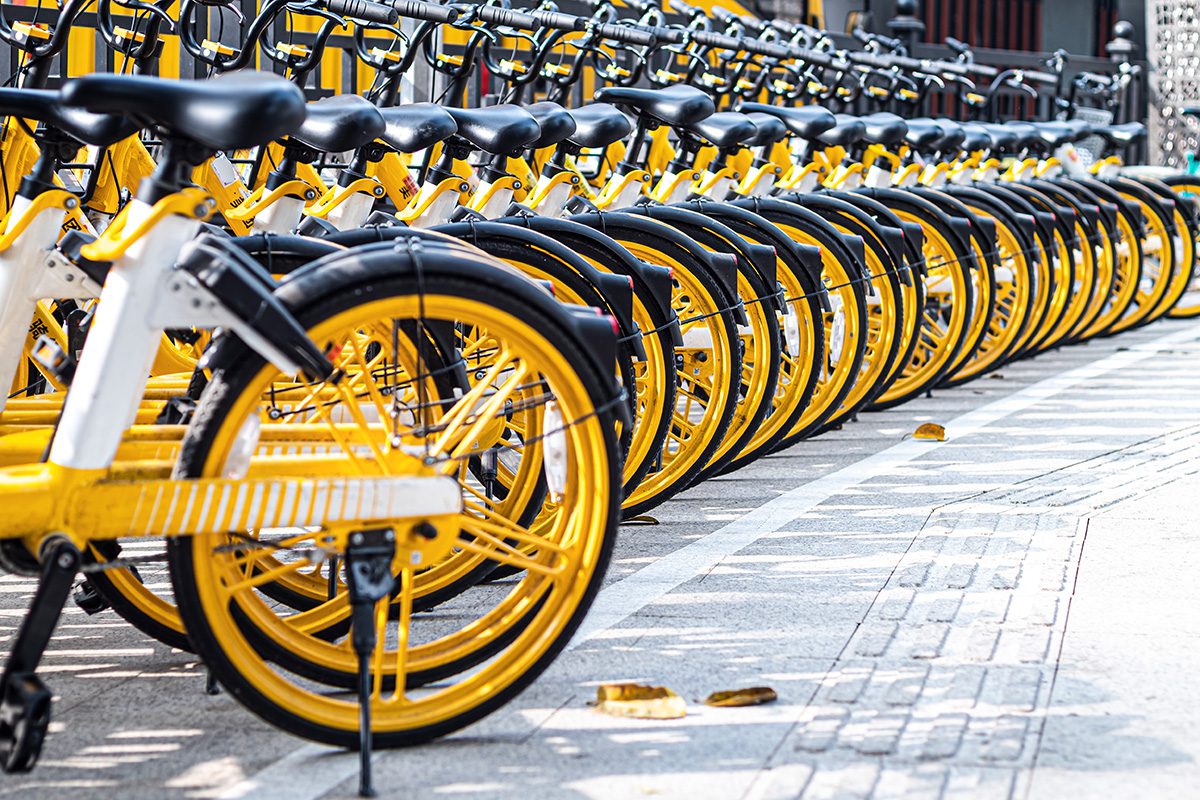Although the programs have received a lot of support so far, some people still believe that bike sharing is a highly visible activity that does nothing to further the common good. The apparent advantages may, in fact, be outweighed by worries about safety and the potential to severely affect companies and current transportation networks.
However, in actuality, bike sharing is a cheap, healthful, and ecologically friendly mode of transportation that improves city life and trade.
The truth underlying these five common myths concerning bike-share schemes is as follows:
Bicyclists use bike sharing.
The individual who already owns a bike is probably not the one who will utilize a bike-share system, despite the fact that this statement appears rational.
Instead of eating away at the existing riding community, bike-share acts as a tool for outreach to individuals who don’t have foot pegs and a titanium bike lock. It’s a terrific method to educate non-cyclists about the health advantages of cycling.
Surprisingly many bike-sharing riders wear skirts and suits in the cities where they are available. The system may be used by tourists and other day users in place of pricey taxi taxis or automobile rentals.
If anything, bike-share programs are the ideal method to promote active commuting among individuals for whom it may not be a natural mode of transportation.
Only visitors may use bike sharing.
Cities with extensive bike-share systems claim that the majority of their riders are regulars who utilize the service to go to work, do errands, and go to entertainment venues. Think on bike sharing as a form of transportation similar to busing rather than a novelty item.
Bike-share stations are not everywhere, like bus stops, but there are enough of them that you can walk a few blocks and go to almost any place. Similar to buses, you may not be able to find a bike straight away, but one will eventually appear.
Recognizing the many advantages of such an adaptable and dynamic system by seeing bike-share as a customized kind of public transit is a wise move. And get this: half of Boston’s riders are on high-value year-long contracts, while over 75 percent of users in Washington DC are yearly members.
In reality, bike-share systems may make the majority of their money from the comparatively more costly day passes, but for the vast majority of users, it only serves to support the low-cost yearly contracts.
Public transit is harmed by bike-share.
One concern is that by diverting funds from public transit, bike-share may reduce the variety and quality of available public transportation choices.
In fact, the busiest public transit stops have the most heavily utilized bike-share locations, demonstrating that conventional transportation alternatives are supplemented by bike-share rather than replaced by it. When a person utilizes bike-share in addition to conventional public transit, they are more likely to use buses and trains since bicycling may shorten uncomfortable transfer times and direct indirect routes.
Shared bikes are risky.
It seems to sense that safety would be a concern if non-cyclists are clogging the route. However, compared to the greater cycling community, Boston’s program claims a reduced rate of bicycle collisions among bike-share participants.
The explanation is unknown; it might be that bike-share users are typically less aggressive or because bike-share bikes are slower and more upright than private cycles. It could also be that people who utilize bike-share services have a natural reluctance to damage other people’s property.
Whatever the cause, bike-share customers are not more in danger than the general public. Drivers may react to seeing more bikers on the road, but keep in mind that there will only be one less vehicle behind you at a stoplight.
Businesses suffer from bike-share.
Sometimes the number of parking spots or streets outside of companies decreases as a result of bike-share stations and bicycle accommodations (such as bike lanes and car-free zones). This may cause people to believe that bike sharing is bad for companies.
But the area required for only two parking places may accommodate a bike station housing 10 bikes. This amounts to 25–35 trips in and out of the station every day in certain parts of Boston, which brings a lot more customers to a company doorway than standard parking spots.
Final thoughts
Using bike-share service as an affordable and easy solution for communication across the city is now a popular option. Also, an accident happens while using these services. Brain injuries are common during these accidents. If you have suffered from a brain injury from an accident, contact a good traumatic brain injury lawyer.



































